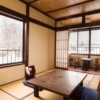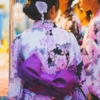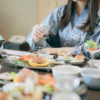Do’s and Don’ts in a Japanese Restaurant: Entering, Seating, Eating, and Payment
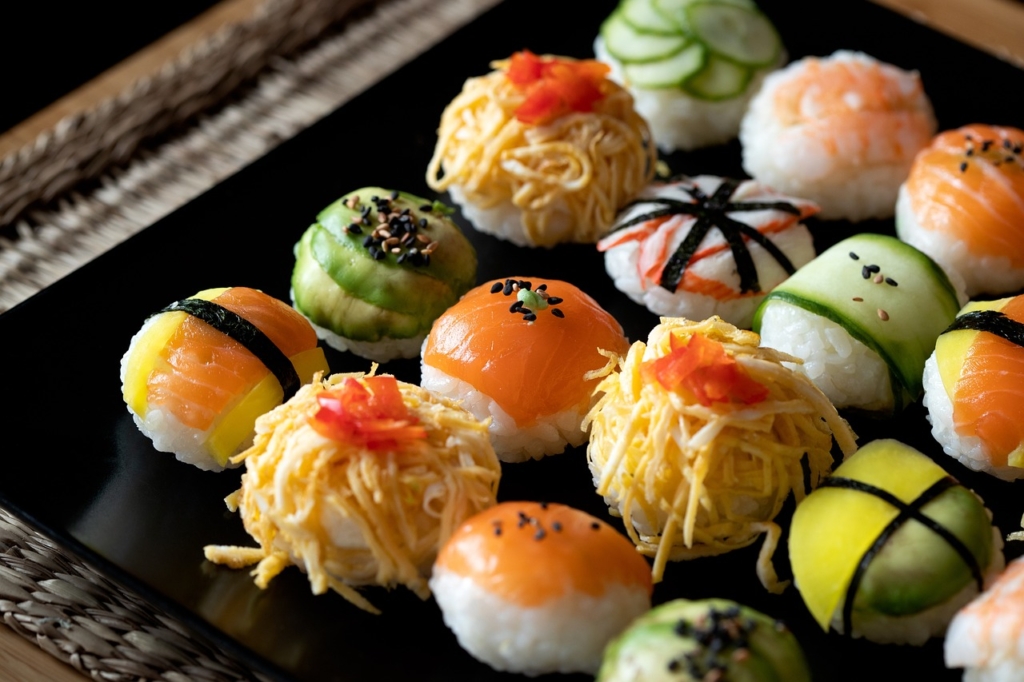
Travel is a wonderful opportunity to explore new places and experience different cultures. On the other hand, it is important to understand local manners and etiquette, especially when it comes to dining.
Here, basic manners are discussed to make dining in Japanese restaurants a more enjoyable and pleasant experience for locals. From how to order, to how to proceed with your meal, to what to expect when paying the bill, these manners will surely make your dining experience in Japan more enjoyable and pleasant.
Is a reservation necessary for restaurants in Japan?
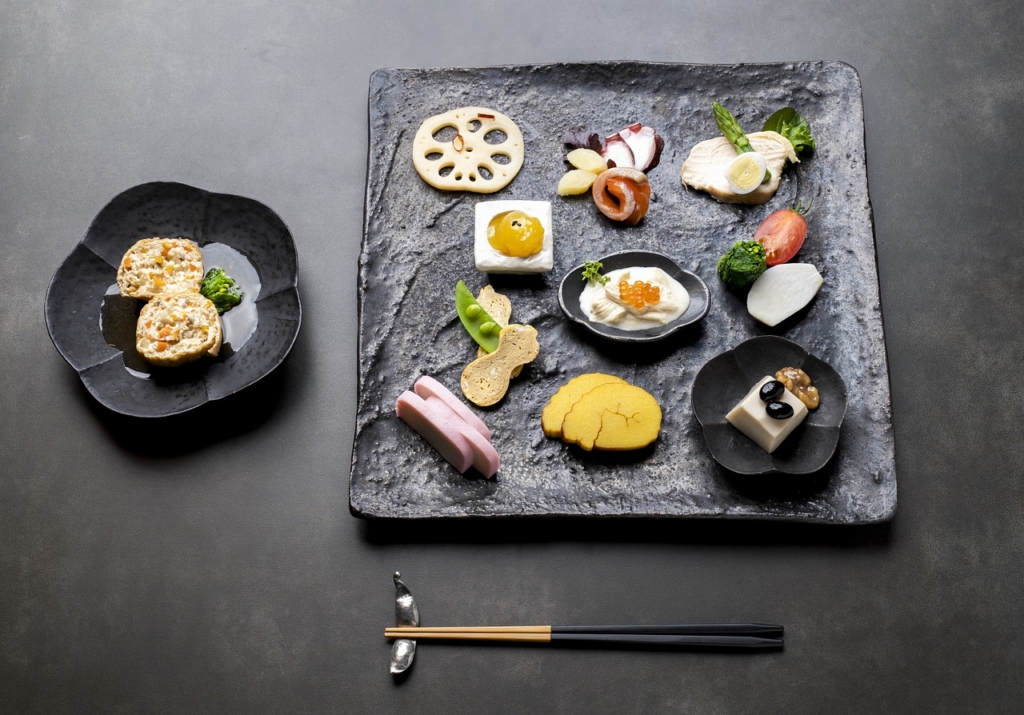
Especially for popular restaurants, it’s common to make reservations in advance. By securing a reservation, you can ensure a smooth transition to your table, and without disappointment, make the most of your limited travel time. For more casual dining spots, you might be able to secure a table without a reservation, but be prepared to wait if they are fully booked.
In Japan’s casual eateries and izakayas, a relaxed outfit is generally acceptable. However, for more formal restaurants, particularly upscale Japanese and French restaurants, it’s appropriate for men to wear jackets and for women to don elegant dresses or blouses.
Furthermore, many restaurants in Japan feature tatami mat seating. In such places, you’ll need to remove your shoes before entering. Thus, selecting shoes like slip-ons that are easy to put on and take off would be convenient.
In tatami rooms, it’s less common to be barefoot; wearing socks is the norm. For women, wearing stockings is also acceptable. Particularly for dining in tatami rooms, women may find pantsuits to be more suitable than skirts.
Also, Japan’s summers can be exceptionally hot, and since restaurants are often air-conditioned, bringing along a light cardigan or shawl could be a comfort.
Japanese people value cleanliness. Beyond just your clothing, maintaining an overall sense of cleanliness is crucial. Enjoy your dining experience in Japan with these points in mind!
See also: Enjoying a Meal in Japan: Useful and Basic Phrases for Restaurants
Tips for Entering Japanese Restaurants
Many Japanese restaurants and izakayas(居酒屋) often have a half-curtain called a “noren(暖簾)" at the entrance, symbolizing that they are open for business. To enter, slide open the door and proceed under the noren. A staff member is likely to greet you courteously as you arrive.
If you have a reservation, let them know by providing your name. If not, the staff will ask you for the number of guests. You can either respond verbally or use your fingers to indicate the number.
In many places, you’ll be asked your seating preference – whether you want a smoking section, non-smoking, counter seats, a tatami room, etc.
Upon entering the restaurant, you will be greeted by the staff with a welcoming “Irasshaimase(いらっしゃいませ)". There’s no need to respond to this greeting.
During busy hours, you might be asked to wait for a while before being seated. In such cases, follow the instructions given by the staff and if necessary, wait at the designated waiting area.
Tips for Seating at a Table in Japan

In traditional seating arrangements, you’ll be asked to take your shoes or slippers off before stepping onto the tatami mats(座敷: zashiki). You’ll find a flat cushion known as a “zabuton(座布団)" on the tatami, and this is where you’ll sit.
Typically, men sit cross-legged, while women adopt a formal sitting position, either kneeling or with legs to one side. It’s considered improper manners for women to sit cross-legged in Japan, so women may find it more comfortable wearing trousers rather than skirts.
Although sitting on tatami mats is the norm in Japan, as lifestyles are becoming more westernized, even some Japanese people find it challenging to sit on zabuton. Thus, feel free to adopt a comfortable sitting position as long as it’s not causing inconvenience to others.
In some establishments, a backrest chair without legs, known as a “zaisu(座椅子)", might be provided along with the zabuton. A zaisu has a backrest, making it more comfortable than sitting without any support.
Once you’re seated, you’ll be provided with a small, wet towel (or a disposable one), known as an “oshibori(おしぼり)", along with water or tea. The purpose of the oshibori is to clean your hands, so it’s generally considered impolite to wipe your face, neck, or other body parts. Oshibori are typically cold in summer and warm in winter.
After using the oshibori, place it neatly at the corner of the table. There’s no need to keep it on your lap.
How do I order in a Japanese restaurant?
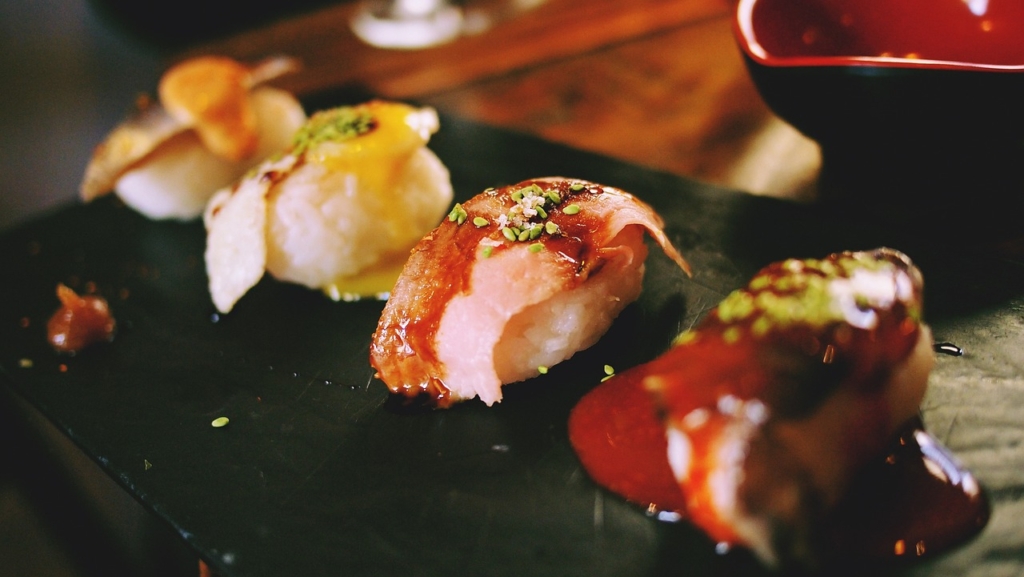
When you want to get the attention of a waiter or waitress, clearly say “Sumimasen (すみません: Excuse me)".
If the restaurant has an English menu, it will significantly simplify your ordering process. Typically, these menus contain detailed descriptions of the dishes. To verify its availability, don’t hesitate to ask, “Eigo no menyu wa arimasuka? (Do you have an English menu?)"
Even if there isn’t, rest assured that most menus come with pictures or illustrations, making it relatively straightforward to choose your meal. You can simply point to the photo of the dish you’d like to order.
If you have queries about a dish, the staff will generally do their best to provide you with an explanation. Even if their English proficiency is not perfect, please be understanding. They are doing their best to ensure you have a good dining experience.
Furthermore, some restaurants display plastic replicas of dishes near the entrance. It’s perfectly acceptable to order by pointing at these models. Alternatively, if you notice a dish at another customer’s table that catches your eye, you can point to it when placing your order.
Dining in a Japanese restaurant

“Itadakimasu(いただきます)"
Many Japanese people say a particular phrase before starting their meal. Whether you choose to say it or not is entirely up to you, but this phrase, which essentially means “Thank you for providing (or preparing) this meal," often leaves a good impression if you decide to use it.
If you’re not comfortable using chopsticks, it’s perfectly fine to ask for a fork and knife. Sometimes, restaurants may provide chopsticks, forks, and knives all together from the beginning.
Chopsticks often come with a chopstick rest. If you need to put down your chopsticks mid-meal, place them on the rest. If there’s no rest, place them on the paper sleeve they came in or fold the sleeve into a makeshift rest.
While in Western cultures it’s not customary to hold bowls or plates in your hands while eating, in Japan it’s common to hold the rice bowl while dining. The bowl is usually lifted to chest height, and the rice is eaten from there. You might pick up side dishes while holding your bowl and eat it over your rice. This helps catch any falling morsels or sauce. It’s perfectly acceptable for your rice to contact other foods.
For soup dishes like miso soup, it’s not impolite to bring the soup bowl directly to your mouth. However, you should use chopsticks to eat the ingredients within the soup.
If communal dishes are on the table, you should take food from them and place it onto your own plate to eat.
Use serving chopsticks or utensils to transfer just your portion onto your plate. Remember not to use your own chopsticks, and avoid eating directly from the communal plate with your chopsticks.
DO SLURP!
Did you know that the act of “slurping," often considered poor manners in the West, is not only acceptable but also appreciated in Japan?
In Japan, it is customary to make a “slurping" sound when eating noodles, as it’s perceived to enhance the flavor of the dish. This slurping is seen as a demonstration of enjoyment and appreciation for the meal.
Moreover, some suggest that slurping helps to cool down hot noodles before they enter your mouth. However, this doesn’t fully explain the custom, as even cold soba noodles are often enjoyed with audible slurping in Japan.
Another theory posits that slurping, similar to how wine connoisseurs aerate wine to enhance its flavors, can improve the taste of the noodles and their accompanying soup.
Sounds strange?
Just observe how the Japanese savor their noodles while you’re in Japan. You might just find yourself slurping along with them before you know it!
Somebody, fill my glass!
Social gatherings in Japan, often marked by shared meals and drinks, provide a fantastic opportunity to dive deep into Japanese culture and social norms. You may want to ask the staff, “Osusume no ryouri wa nandesuka?(おすすめの料理何ですか?: What dish do you recommend?)" or “Ichiban ninki no osake wa nandesuka?(一番人気のお酒は何ですか?: What’s the most popular drink here?" (However, since you are asking the question in Japanese, you will most likely receive a response in Japanese, so good luck with any subsequent communication)
In Japan, it’s customary to pour drinks for your companions when their glasses are empty. A lot of Japanese people would say “Douzo (どうぞ)" while doing so. If someone pours a drink for you, it’s polite to hold your glass with both hands and express your gratitude.
As the gathering kicks off and it’s time for a toast, everyone will raise their glasses and say “Kanpai!(乾杯)" which is equivalent to “Cheers!" in English. And once the meal concludes, it’s a common practice to say “Gochisousama deshita(ごちそうさまでした)," expressing gratitude for the meal. This phrase is a heartfelt way to show appreciation to those who prepared and served the meal.
When Using Chopsticks: Points of Etiquette
Here are some practices to avoid while using chopsticks.
・Never stick your chopsticks vertically into your food.
・Do not wave your chopsticks around or use them to point at something.
・Avoid sticking your chopsticks upright in the middle of a rice bowl. (This act is associated with funeral rituals in Japan, where chopsticks are used to present food offerings to the deceased)
・Do not pass food from your chopsticks directly to another person’s chopsticks. (This practice is also associated with funeral rites in Japan, where bones of the deceased are handled in a similar manner)
See also: Japanese Table Manners Chopsticks, Etiquette, rub chopsticks?
How does one pay in Japanese restaurants?
Payment methods in Japan’s restaurants can vary.
In some restaurants, you might be asked to pay at the table, but often, you’ll settle the bill at the counter. Leaving the money on the table is not the norm.
In many restaurants and coffee shops, once all your orders have been served, an order slip will be placed on your table. After finishing your meal, take this slip to the register to pay. If there’s no slip, simply go to the register when you’re done and provide your table number.
Moreover, some casual restaurants, such as ramen shops or fast food outlets, require payment when ordering. Upon entering, you’ll buy a meal ticket from a vending machine and give it to the staff to place your order. Once you’ve finished eating, you’re free to leave.
Tipping is not customary in Japan. A service charge may be included, but this will be clearly indicated on the menu. Even if no service charge is added, there’s no need to leave an extra tip.
If you insist on leaving a tip, the staff might politely decline; don’t take it personally, as many Japanese people are not accustomed to receiving tips. In such cases, simply conveying your appreciation for the meal or leaving a positive review for the restaurant (if available) would be a nice gesture.
After finishing your meal and making the payment, saying “Gochisousama deshita(ごちそうさまでした)" as you leave gives a good impression. This phrase shows gratitude to the staff for providing the meal, as well as expresses that you enjoyed the food, even though you’re the one who paid for it.
In high-end restaurants or small izakayas(居酒屋), it’s more common to pay at the table. In such cases, you can say:
“Okanjo wo onegaishimasu (お勘定をお願いします)."
“Okaikei wo onegaishimasu (お会計をお願いします)."
Some guidebooks might tell you to cross your index fingers to form an 'X’, showing it to the staff as a sign for the bill. However, this is an old-fashioned gesture more common amongst Japanese men of a previous era, and many modern Japanese people might not recognize it. Therefore, saying the phrase above is recommended.
At individually owned izakayas, they might write your charges on a small piece of paper and bring it on a small tray. You’ll place your cash or credit card on this tray to make the payment.
Most restaurants and chain stores accept credit cards, but local, smaller restaurants in rural areas might mainly operate in cash. As such, it’s advised to keep some cash on hand.



